Early Signs of Gingivitis and How to Treat It: A Guide to Healthy Gums
Gingivitis is one of the most common forms of gum disease, and while it’s highly treatable, many people overlook its early symptoms. Understanding the signs of gingivitis and taking swift action can prevent it from progressing into more severe conditions like periodontitis. In this article, we will explore the early signs of gingivitis, why it occurs, and the most effective ways to treat it.
- What is Gingivitis?
- Early Signs of Gingivitis
- How to Treat Gingivitis
- Preventing Gingivitis: The Best Practices
- When to Seek Professional Help
What is Gingivitis?
Gingivitis is the inflammation of the gums, usually caused by a build-up of plaque—a sticky film of bacteria that forms on your teeth. When plaque isn’t removed by regular brushing and flossing, it can irritate the gum tissue, causing it to become red, swollen, and bleed easily. Though gingivitis is a mild form of gum disease, it can lead to more serious dental issues if left untreated.
Early Signs of Gingivitis
Gingivitis often starts off with subtle symptoms that many people might not notice. Being aware of these early signs can help you take quick action to prevent the condition from worsening:
1. Swollen or Red Gums
One of the first noticeable signs of gingivitis is gum inflammation. Your gums may appear swollen, red, or darker than usual. Healthy gums are typically pale pink and firm. If you notice any unusual discoloration or puffiness, this could be an early sign of gingivitis.
2. Bleeding Gums
If your gums bleed when you brush or floss, it’s a clear indicator of gingivitis. Healthy gums should not bleed easily. While bleeding isn’t always a cause for alarm, it’s one of the most common early symptoms of gum disease.
3. Bad Breath (Halitosis)
Persistent bad breath or a bad taste in the mouth is another sign that gingivitis might be present. This occurs because the bacteria in plaque produce toxins that irritate your gums and lead to foul-smelling breath.
4. Tender or Painful Gums
Gingivitis may make your gums feel tender or sore, especially when brushing or eating. If you experience any discomfort when touching your gums or brushing your teeth, it’s important to assess whether you might be showing signs of gum disease.
5. Receding Gums
In some cases, gingivitis can cause the gums to recede or pull away from the teeth. This can create pockets between your teeth and gums, making it easier for bacteria to accumulate and worsen the condition.
How to Treat Gingivitis
If you notice any of the early signs of gingivitis, it's important to take immediate action. Fortunately, gingivitis is reversible with proper care and treatment. Here’s how you can treat it:
1. Improve Oral Hygiene
The first step in treating gingivitis is improving your oral hygiene routine. Brush your teeth at least twice a day with fluoride toothpaste and floss daily to remove plaque from between your teeth. Consider using an antibacterial mouthwash to reduce bacteria and freshen your breath.
2. Professional Dental Cleaning
If you have gingivitis, your dentist may recommend a professional cleaning to remove plaque and tartar that has built up on your teeth. Regular dental checkups are essential in preventing gingivitis and other oral health issues. If your gingivitis is more severe, your dentist may recommend scaling and root planing, a deeper cleaning technique that targets plaque below the gumline.
3. Antibacterial Treatment
In some cases, your dentist may prescribe antibacterial treatments, such as gels or mouth rinses, to help control the bacteria causing the infection. These treatments help reduce inflammation and promote gum healing.
4. Lifestyle Modifications
Diet and lifestyle play a significant role in managing gingivitis. Eating a balanced diet rich in vitamins and minerals, especially vitamin C, can help support gum health. Avoid smoking, as it weakens the immune system and increases the risk of gum disease. Additionally, managing stress levels can help your body fight off the inflammation caused by gingivitis.
Preventing Gingivitis: The Best Practices
Prevention is always better than cure, and preventing gingivitis is relatively easy with the right habits. Here are some best practices for preventing gingivitis:
1. Regular Brushing and Flossing
Brush your teeth at least twice a day and floss once a day to keep plaque at bay. Be sure to use a soft-bristled toothbrush and fluoride toothpaste, and don’t forget to replace your toothbrush every three to four months.
2. Avoid Smoking
Smoking not only increases your risk of developing gingivitis but also makes it more difficult for your gums to heal. If you smoke, quitting is one of the best things you can do for your oral health.
3. Visit Your Dentist Regularly
Regular dental checkups are crucial for early detection of gingivitis and other dental issues. Your dentist can spot early signs of gum disease and provide professional cleaning to remove plaque and tartar before they become a problem.
4. Eat a Balanced Diet
A healthy diet rich in fruits, vegetables, and whole grains can help maintain strong teeth and gums. Avoid sugary foods and drinks that can promote plaque formation and increase your risk of gingivitis.
When to Seek Professional Help
If you notice persistent symptoms of gingivitis, it’s important to seek professional help from a dentist. While early stages of gingivitis can be reversed with good oral care, untreated gingivitis can lead to more serious gum disease, including periodontitis, which may cause tooth loss and other complications.
If you’re unsure whether you have gingivitis or need help with treatment, visit Dentistry Toothtruth for more information. Our dental professionals are here to guide you through the process of preventing and treating gum disease to ensure long-term oral health.

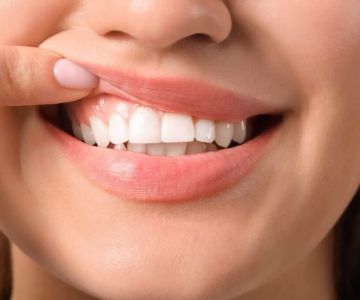
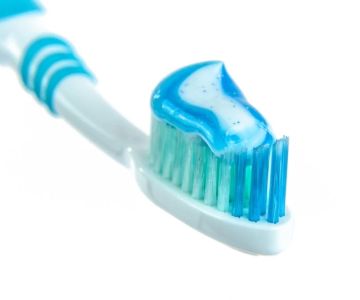
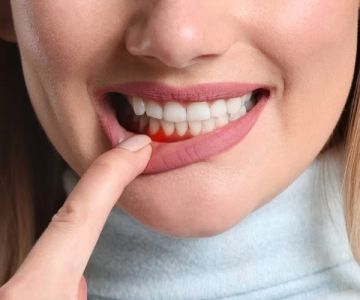
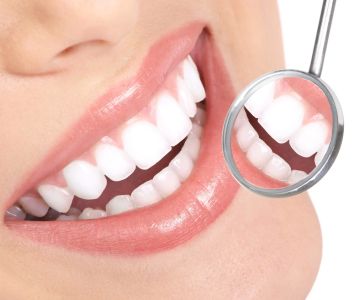

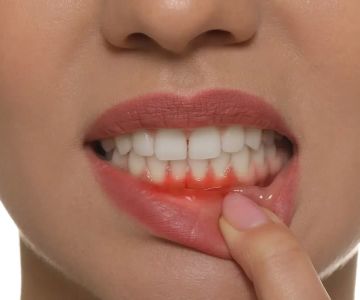
 Westgate Dental Arts
Westgate Dental Arts Coventry Family Dental
Coventry Family Dental Familia Dental
Familia Dental Dr. Daniel S. Fife, DDS
Dr. Daniel S. Fife, DDS Dentistry At Suburban Square: Michael I. Wollock, DMD
Dentistry At Suburban Square: Michael I. Wollock, DMD Comfort Care Dental
Comfort Care Dental The Importance of Oral Health Education During Pregnancy for a Healthy Pregnancy
The Importance of Oral Health Education During Pregnancy for a Healthy Pregnancy Why Skipping Dental Checkups Can Lead to Bigger Oral Health Problems
Why Skipping Dental Checkups Can Lead to Bigger Oral Health Problems Best Tips for Brushing Your Teeth Properly for Healthy Gums: Essential Techniques for Oral Health
Best Tips for Brushing Your Teeth Properly for Healthy Gums: Essential Techniques for Oral Health Advantages of Porcelain Dental Restorations
Advantages of Porcelain Dental Restorations How Can Diabetes Cause Tooth and Gum Problems? Preventing and Managing Oral Health Issues
How Can Diabetes Cause Tooth and Gum Problems? Preventing and Managing Oral Health Issues Healthy Habits for Promoting Good Oral Health and Hygiene: Tips for a Healthy Smile
Healthy Habits for Promoting Good Oral Health and Hygiene: Tips for a Healthy Smile